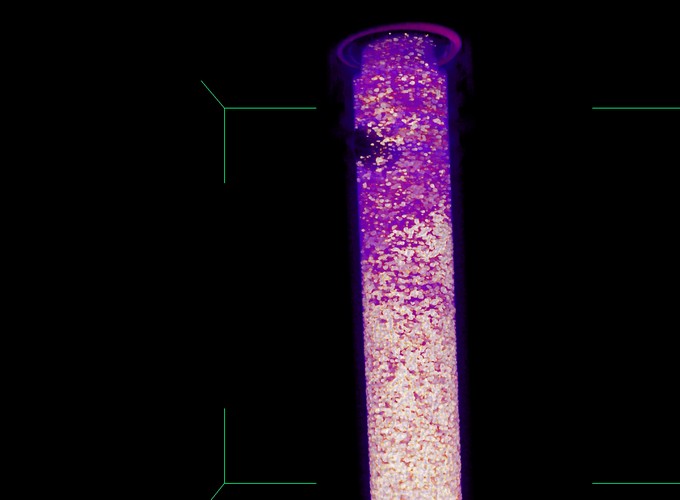Soil is the most heterogeneous matrix where microbes can be found in nature. Reason for that is the soil structure - 1 gram of soil can have a surface area spanning from 1 to 1000 m^2! Alongside, it contains numerous nutrient resources that sustain the largest microbial diversity on the planet. We are interested how soil structuring affects microbial communities and if it is the reason for coexistence of functional redundant microbial populations, evident from amplicon/metagenomic studies. Using soil X-ray computed soil tomography, amplicon sequencing and microcosm activity experiments we want to understand how soil aggregates change the presence and/or activities of ammonia oxidizing populations in agricultural soils.
Collaboration: Dan Chitwood, Alexandra Kravchenko, David Stahl
Funding: NSF (DEB #1655425)
